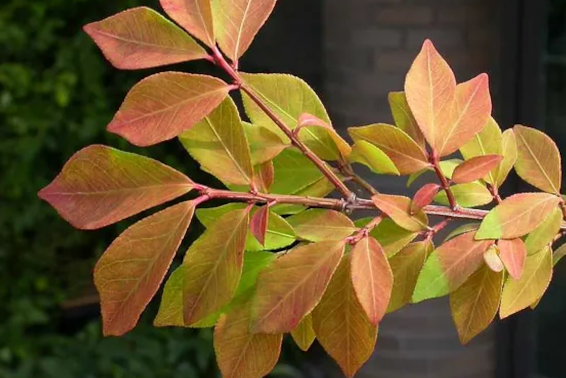
Never heard of sunburned trees?
It’s not just people that can’t tolerate the hot sun beating down on them in the middle of summer — your trees can suffer too. Especially vulnerable are young trees or trees that are suddenly exposed to a lot of strong UV rays.
Preventing sunburned trees is much easier than treating the damage after the fact, much like a human sunburn. And the good news is it’s easy to prevent your trees from feeling the burn — you just have to know what to do.
What Are the Symptoms?
Depending on the species of tree, symptoms of sunburn could show up in the leaves or the bark.
Sunburn can turn leaves yellow, and then they eventually turn brown, with an actual “burned” look. Other species’ leaves might turn silvery or reddish-brown before the leaves die.
When bark is sunburned, it also turns reddish-brown. It cracks and peels, similar to your skin’s reaction to a sunburn. Sunburned bark is dangerous to the health of the tree because damaged bark is much more susceptible to insect infestations, which can lead to decay and death.
Baby Your Babies
Young trees are the most susceptible to the hot sun’s rays. Older trees have thicker bark, developed over time to withstand the elements. But young, newly planted saplings don’t have the same level of protection.
One way to avoid tree damage is to plant new trees at the right time of year. Planting young saplings in the summer isn’t ideal. If you plant in summer, make sure the new trees get plenty of water. Dehydration will only exacerbate the damaging effects of the sun. Spread wood chips or mulch around the base of your trees to retain moisture in the soil, and don’t prune any leaves the first year.
No Heavy Pruning in Summer
While older trees can withstand more than younger ones, they are still susceptible to sunburn, especially if they are suddenly heavily pruned, exposing the previously shaded bark to the mid-summer sun.
The best time to take care of heavy pruning is in the late winter or early spring, right before growth begins.
Know Your Landscape
Trees that love the shade will not flourish in direct sunlight. It’s important to know your trees, but also know your landscape. Know which areas are the shadiest and which enjoy much of the sunlight for most of the day. Be aware that buildings and pavement can reflect sunlight back onto trees.
Planning is key when building a healthy landscape blueprint for tree planting.
Wrap Them Up
You can wrap the trunks of your trees with reflective, light-colored material to ward off the sun’s harmful rays, but talk to an arborist first to make sure it’s a healthy choice based on the tree’s species and growth stage.
Want Help?
Our team of highly skilled arborists at Rivendell Tree Experts loves caring for our leafy friends and preventing sunburned trees. We can help assess your landscape and manage pruning and tree removal so as not to inflict any sun-related damage. Call us today if you want help!



